“So naturally the first thing I did when I got to California was go to Erewhon and get their hot bar because I have no self-control. I personally love Erewhon,” says Marianna Moore, a food influencer with nearly one million followers, a beautiful face, slightly gross online recipes and comic flair. She then tucks into a plate of tofu sticks, kelp noodles, Japanese sweet potato and buffalo cauliflower. At the end, she says with a smirk: “Was this worth $28? I don’t know! I couldn’t tell you.” She keeps on munching.
I’ve not been able to find the seaweed gel or lion’s mane mushrooms in the form they are sold in Erewhon
Having been studiously following food content on Instagram for nearly a year, I am finally finding my feet in the thicket of viral trends. I had been dimly aware, almost subconsciously, of this strange word – “Erewhon” – that kept coming up before I watched Marianna walk viewers through her purchases. Suddenly it dawned on me: this was the enduring, relentlessly current, ever-more viral, perennially hot upgrade to Goop, Gwyneth Paltrow’s much-ridiculed wellness brand. Nobody is ridiculing Erewhon, though. The vibe is one of full-throated fascination and adoration. Obsession – worship, even.
What exactly is Erewhon? (Besides an anagram of “nowhere” and the title of Samuel Butler’s 1872 satirical novel about a utopia where being unhealthy is a crime.)
The iteration I’m most interested in is a chain of Los Angeles health shops. But it has become so culturally huge, so celeb-dense, that in 2018, Kanye West tweeted about “Erewhon drip” – which entered the lexicon as “a trying/not-trying outfit of fleece, sweats and one athletic sandal,” as Vanity Fair put it.
“No establishment has ever seemed so perfectly evocative of its city,” gushed theCut in a 2023 longread about the “paradisiacal enterprise.” The Hollywood Reporter has branded Erewhon “the world’s most extravagant market.”
Paparazzi live in its carparks. The Beckhams, Kardashians and Biebers are regulars. Some people go daily, like artist Alex Israel. “It’s the quintessential LA experience once provided by fashion boutique Fred Segal,” he says. “In the 1990s, teenagers like me used to save up our money to buy anything we could. We’d just want to be there: studying the brands, the music and the other shoppers’ outfits, cars and attitudes. And now Erewhon is top of that list, giving the Day-Glo LA fantasy to all who visit, every day of the week.”
Now more than ever it feels as though the chain, which began as one Fairfax outlet in 2011 and has rapidly expanded to ten outposts, is the apotheosis in a crowded market of a way of life that is both furiously zeitgeisty and end-times in feel. When else, but in times of utter chaos – rampant homelessness; drug use and crime; political fury and disillusionment; a yawning gap between rich and poor – would a shop that sells jars of honey for $30 or $20 smoothies, such as Hailey Bieber’s Strawberry Glaze Skin, which apparently contains “collagen peptides, hyaluronic acid, sea moss gel and coconut cream,” become such an obsession?
California has the highest poverty rate in the whole of the US, at around 19 percent, yet this is a place where “sustainably foraged full spectrum algae” jostle with “organic vanilla collagen creamer” – and both fly off the shelves.
Erewhon was actually founded in Cambridge, Massachusetts, in 1966 as a hippyish organics and health-food store, by Michio and Aveline Kushi, Japanese macrobiotics evangelists keen on “alternative” cancer treatments. They moved to California and opened their first market in 1969, only to be saved from the brink of bankruptcy by an employee, who bought them out in 1979 – and whose widow sold the business in 2011 to Tony and Josephine Antoci.
I am curious about what effect, if any, owning a $58 Erewhon water bottle will have on me
Tony is a businessman who made a mint in food supply and Josephine is the one who decides what goes in the store. They’ve been called the “Murdochs of macrobiotics.” Each new store is designed immaculately. They do not participate in any marketing or advertising – that all explodes, every day, of its own accord.
Los Angeles may be out of reach for some, but social media is recreating Erewhon’s recipes and posting them online, so I was able to sample some of the magic for myself. It’s curiously obvious. I’ve not been able to find the seaweed gel or lion’s mane mushrooms in the form they are sold in the sanctified aisles of Erewhon, but I could find a way to recreate its iconic kale salad, courtesy of a home cook operating out of a Boston suburb.
It was delicious. I’d long thought kale was old hat: horrible when raw and scratchy when cooked, but chopped up finely, combined with seeds, avocado and cannellini beans and drenched in a dressing of pistachio nuts, garlic, olive oil, herbs and maple syrup, it became beautiful. I got a sense of light-hearted virtue and smugness in eating it. It was as if I was finally eating the right thing, the most maximally nutritious pinnacle of all nutritional science.
I plan to make the Erewhon peanut butter and jelly bars next, which of course I didn’t know about until another influencer excitedly claimed she had recreated them. She reported it like the bars were so well known that her audience would immediately drop everything and grab their oats and mixing bowls. (They probably did.)
And truth be told, swept up in Erewhon fever, I have ordered, for $58, a water bottle from the store. I am curious about what effect, if any, owning it will have on me.
This article was originally published in The Spectator’s September 15, 2025 World edition.



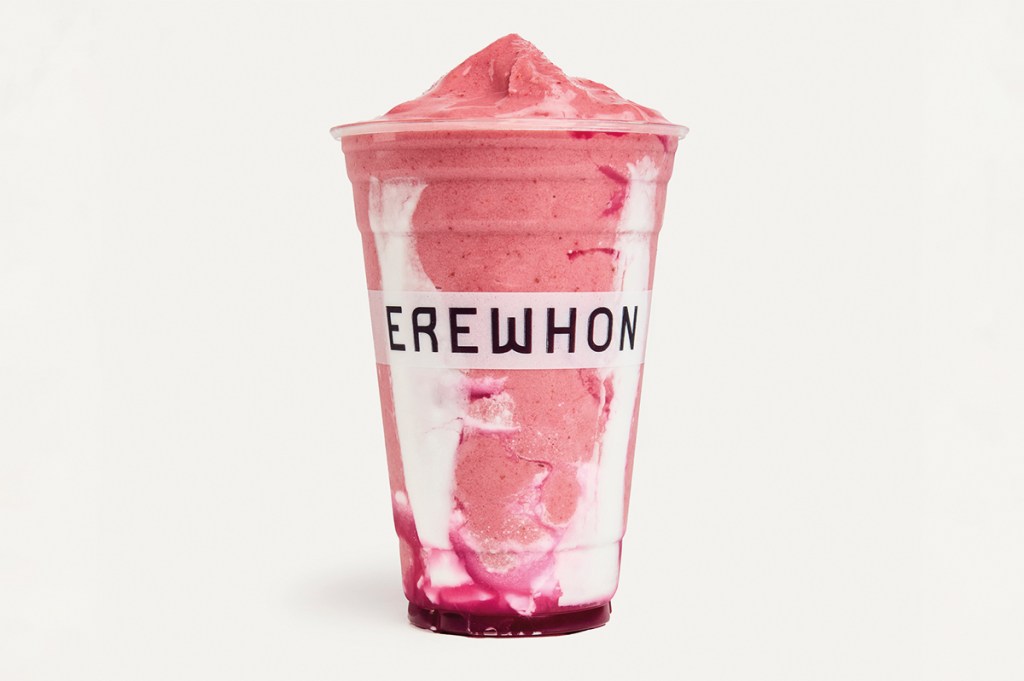







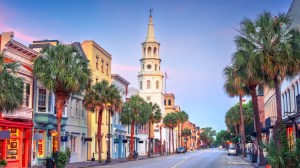
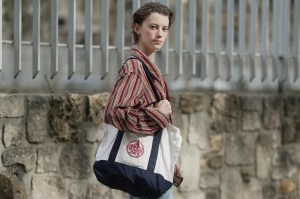
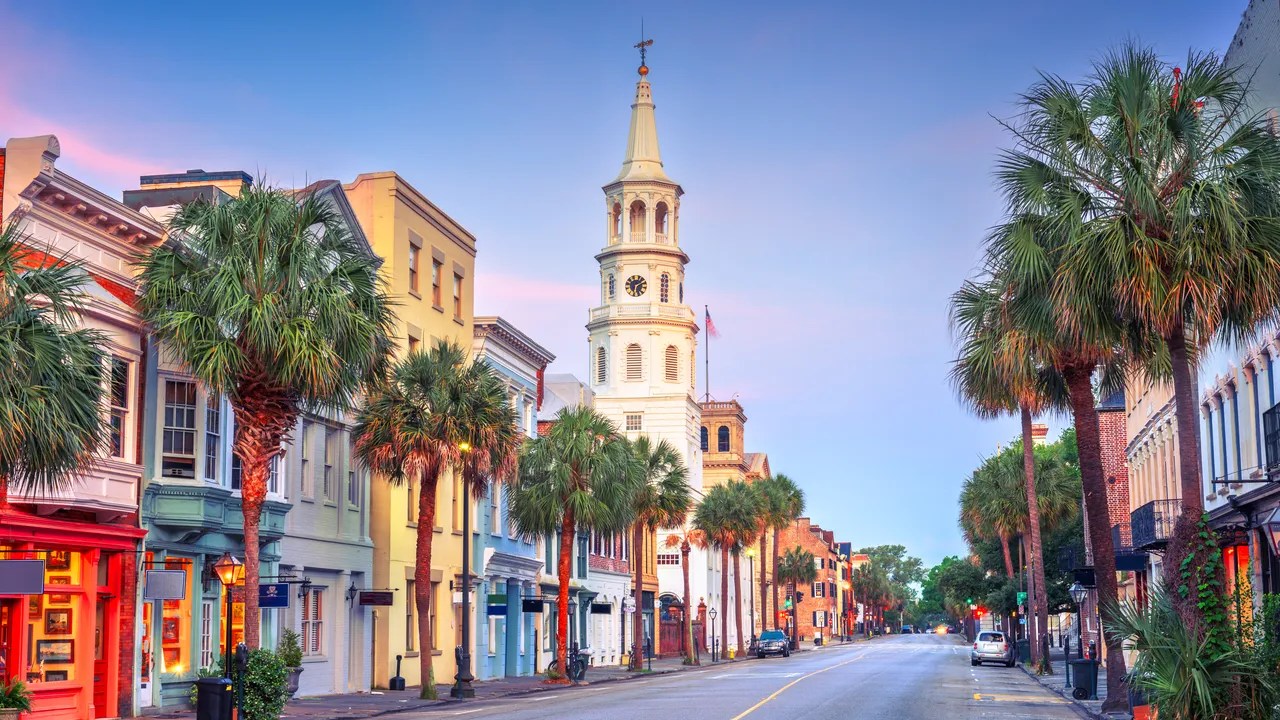

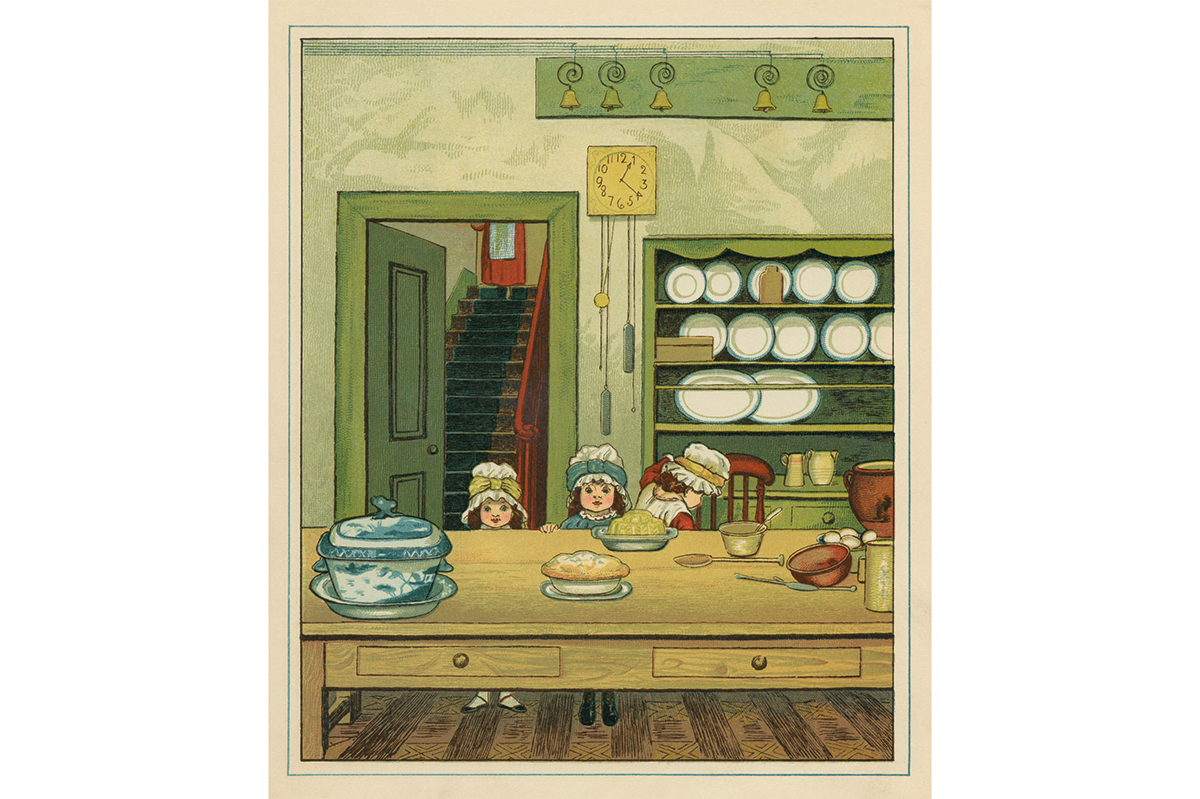
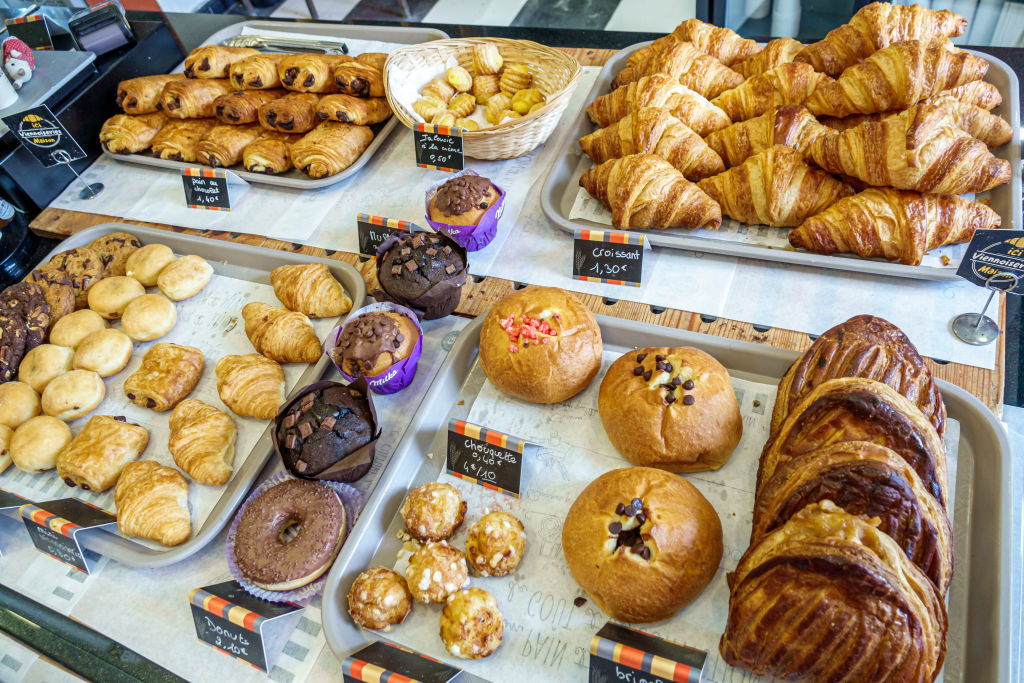
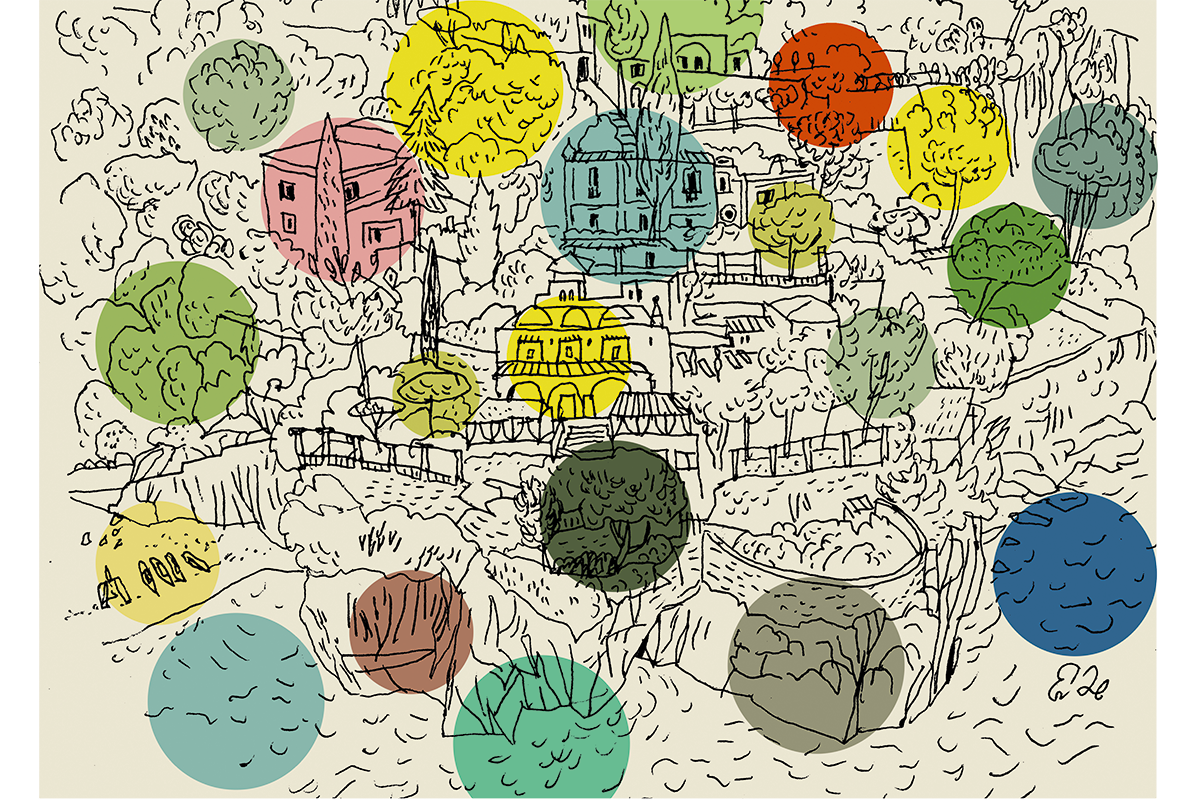








Leave a Reply